
Foggy Trails and Ferry Tails: A Journey from Sweden to Poland

After leaving Skellefteå, we found ourselves winding southward through Sweden’s mesmerizing national parks. Our next stop: Skuleskogens National Park. An 8-kilometer gravel road, remote and awe-inspiring, led us to the south entrance just as twilight set in. Setting up camp on a quiet corner of the site, we cooked a simple meal and called it an early night, drained from a long day on the road.
A Misty Morning Hike Through Skuleskogens
With the clocks rolling back for the end of daylight savings, we found ourselves gifted an extra hour — a rare travel treasure! Boots laced, we hit the trail by 8am, embarking on a 12-kilometer loop.

The fog was so dense it transformed the forest into an ethereal wonderland, leaving us able to see just a few hundred meters ahead. Near the halfway point, we received a weather warning. Rain was on its way, so we quickened our pace, finishing our hike in the misty woods with the Baltic Sea in sight.





Annika’s knee acted up near the end, so we returned to our “home on wheels” exhausted but exhilarated. By noon, we were back on the road, heading towards Söderhamn, where a cozy harbor campsite awaited us — already draped in darkness by 4pm.
Discovering Söderhamn and Revisiting Swing-Dance Memories in Herräng
The next morning, we explored Söderhamn’s unique sculpture “Neptune.” This sculpture is part of the "Solar" project which features models of planets from our solar system, scaled both in size and distance and scattered across Sweden with the sun placed in Stockholm’s “Globe” arena. Such a playful and educational way to experience the cosmos!

As we continued south, we reached Herräng, a town with deep nostalgia for us. Herräng hosts the world’s largest Lindy Hop festival every summer, transforming the sleepy village with over 1,500 dancers from around the globe.

We first came here in 2022, and stepping back onto the empty dansbanan, a traditional Swedish dance floor, felt surreal.



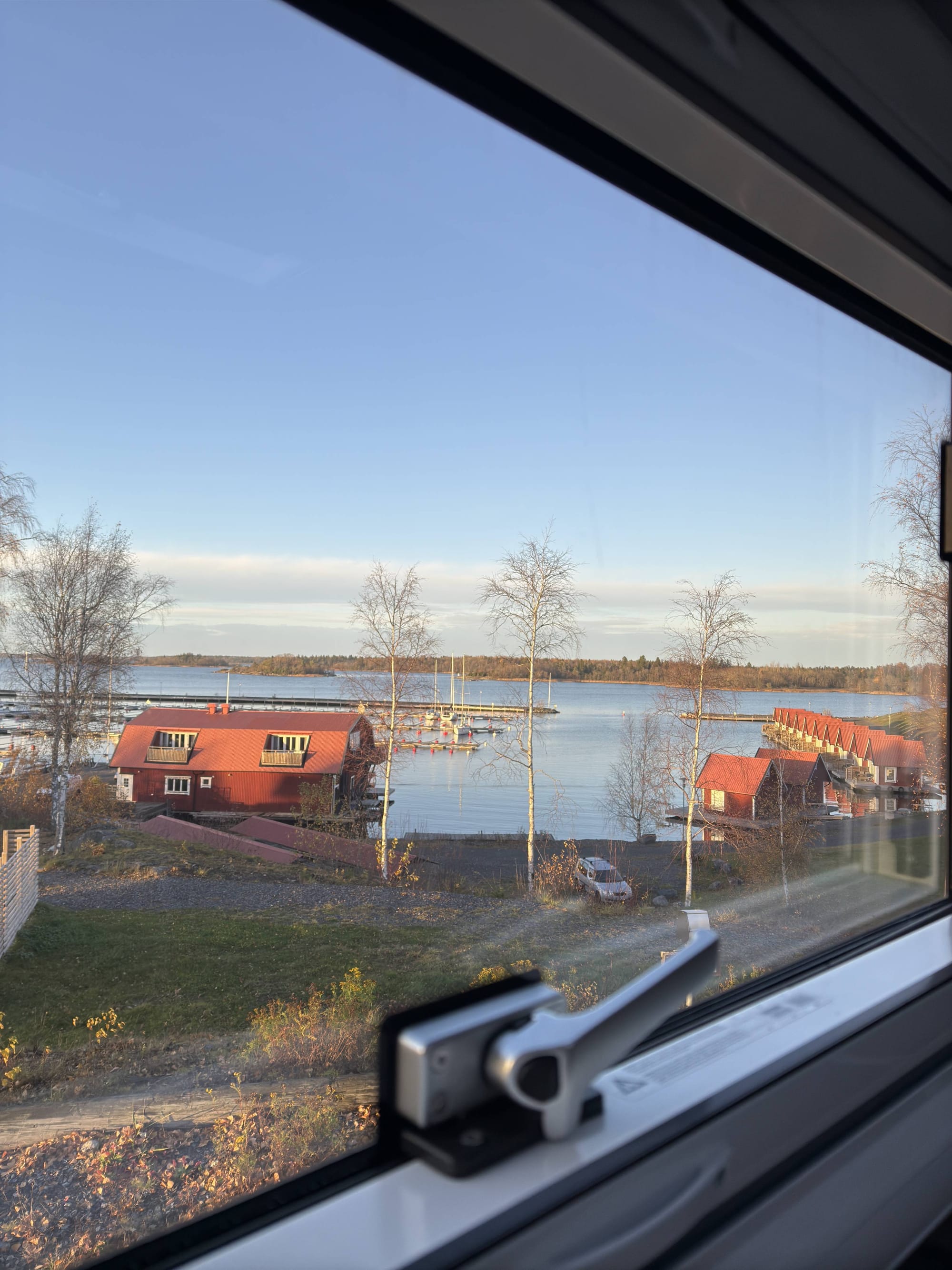
We even went for a little dance under the autumn leaves and shared a photo with friends from that magical week two years ago. Within minutes, plans were set for a reunion in Stockholm the next day—a testament to the spontaneous magic of modern friendships.
Rolling into Stockholm
Parking our rig in bustling Stockholm wasn’t easy. But once settled, we hopped on our folding bikes for a 15-kilometer ride around Djurgården, one of our favorite spots since our first visit in 2010. We celebrated our 10th wedding anniversary here that year, falling in love with its historic architecture, lush parks, and panoramic waterfront views.

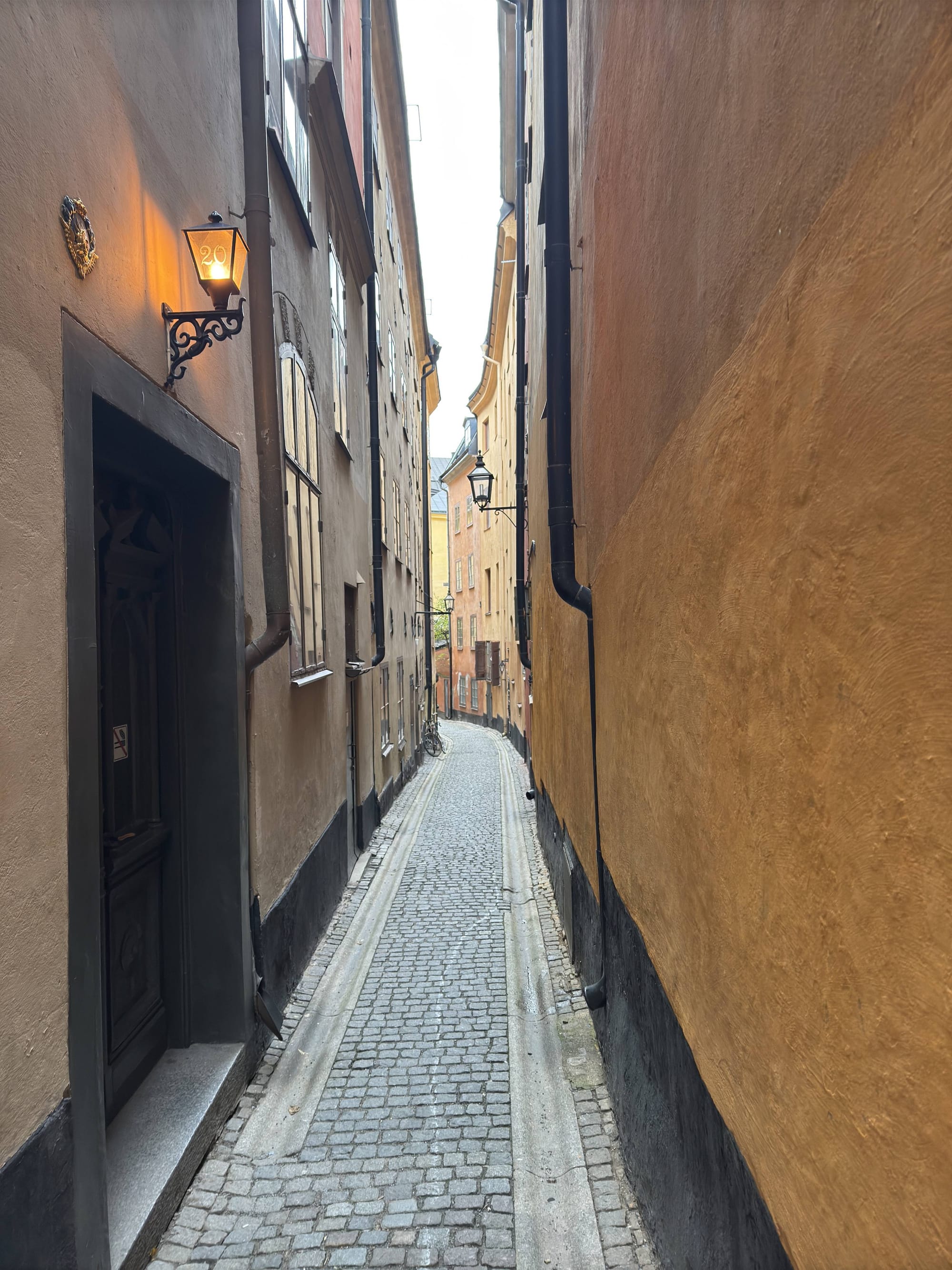


A stop at Sundbergs Konditori for their famous thick, spoon-worthy hot chocolate with our dancing friend completed our nostalgic tour before we ventured out of the city to camp in a peaceful lakeside spot.
A Bittersweet Farewell to Scandinavia
With one last day in Sweden, we explored a nearby national park near Stockholm.

The inclusive trails were busy with people of all ages, a rare sight compared to the solitude we found in other parks. Watching kids learn bushcraft skills and young people enjoying nature gave us a sense of belonging, a reminder of the simple joys that draw people to Sweden’s beautiful wilderness.

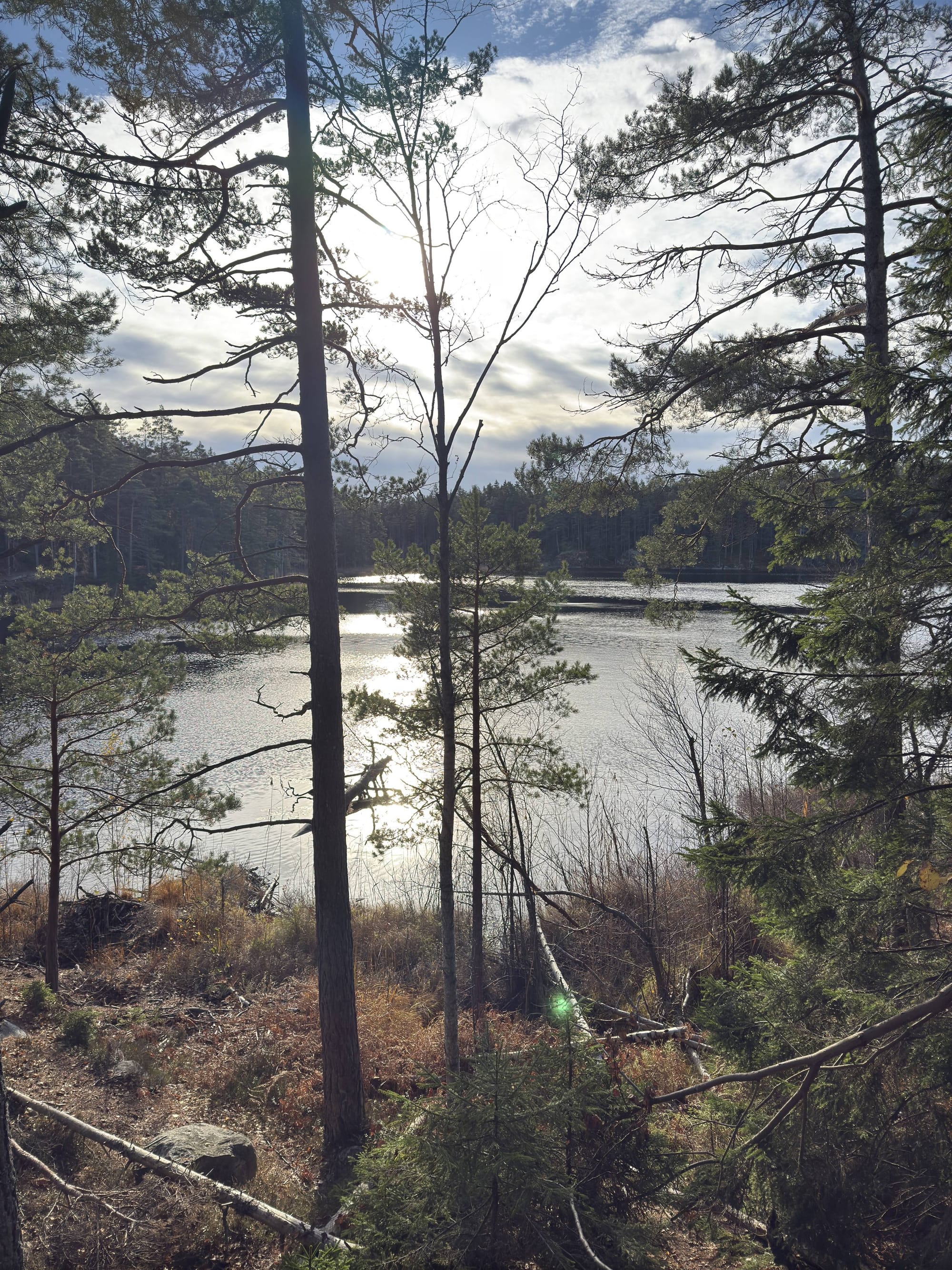


Finally, we reached the ferry in Nynäshamn, where we were the last to board and had to back into a special slot. As a bonus, we would be the first to disembark in Gdańsk, Poland, where the adventure continued after a restless night at sea.

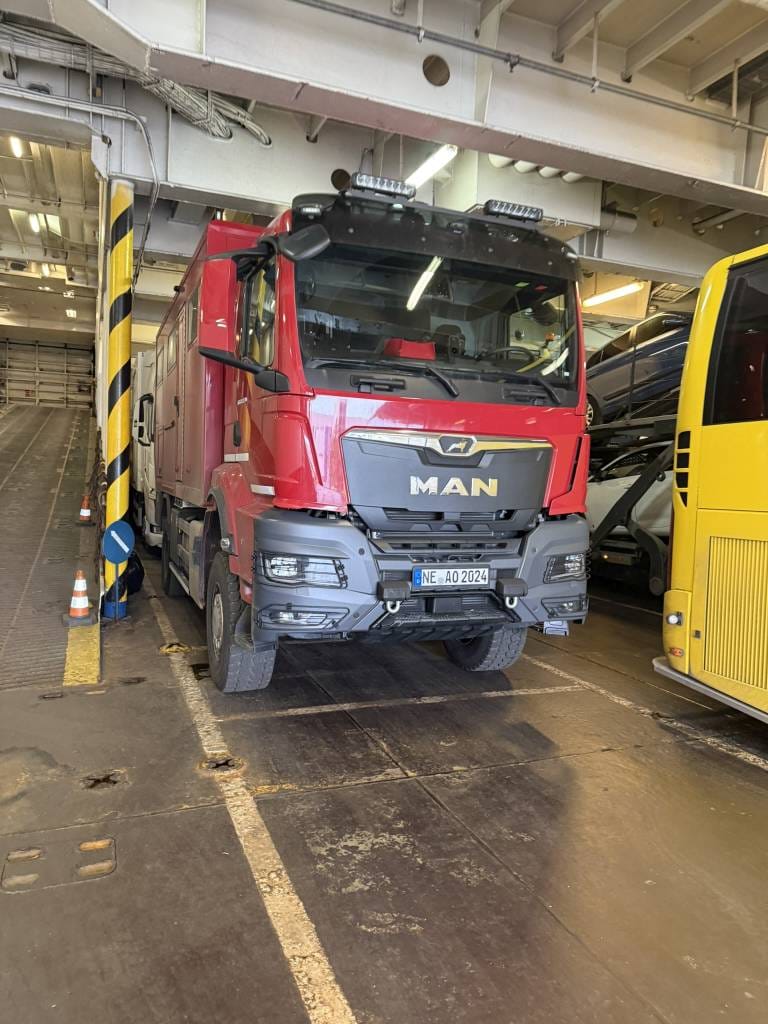
Gdańsk: A City to Slow Down In
Our introduction to Poland was Gdańsk, and what an introduction! We biked through the city’s historic streets, taking in the mix of riverside views, old-world architecture, and vibrant energy. If you ever have a chance to visit, do it. Pictures only hint at the city’s beauty.






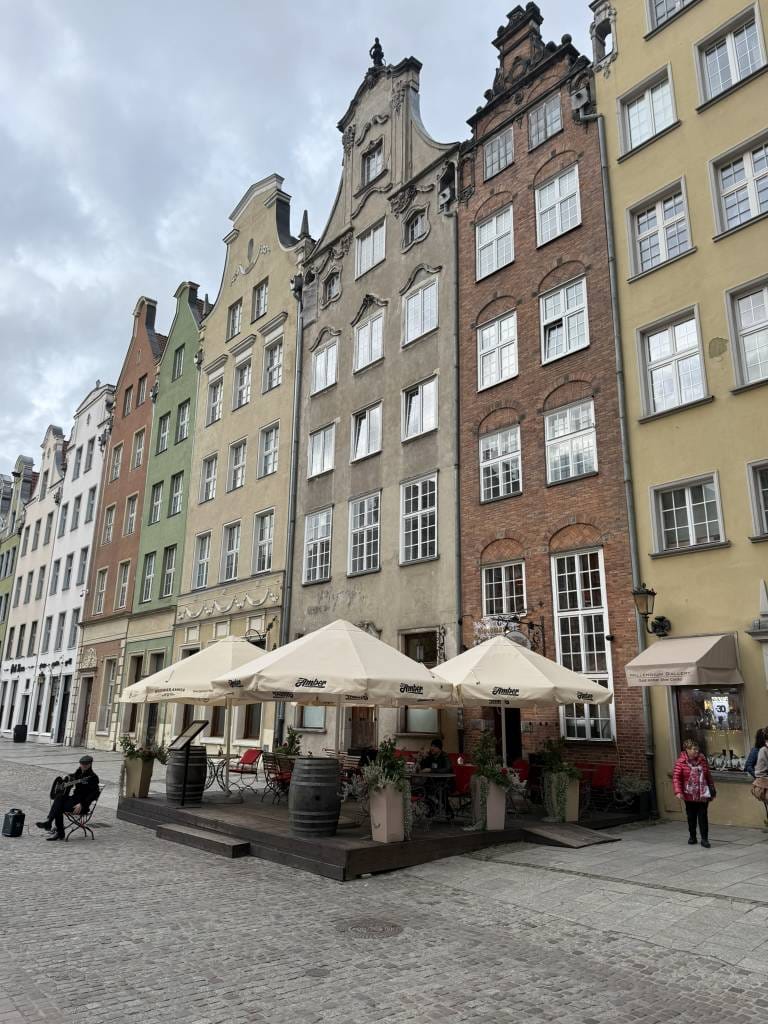
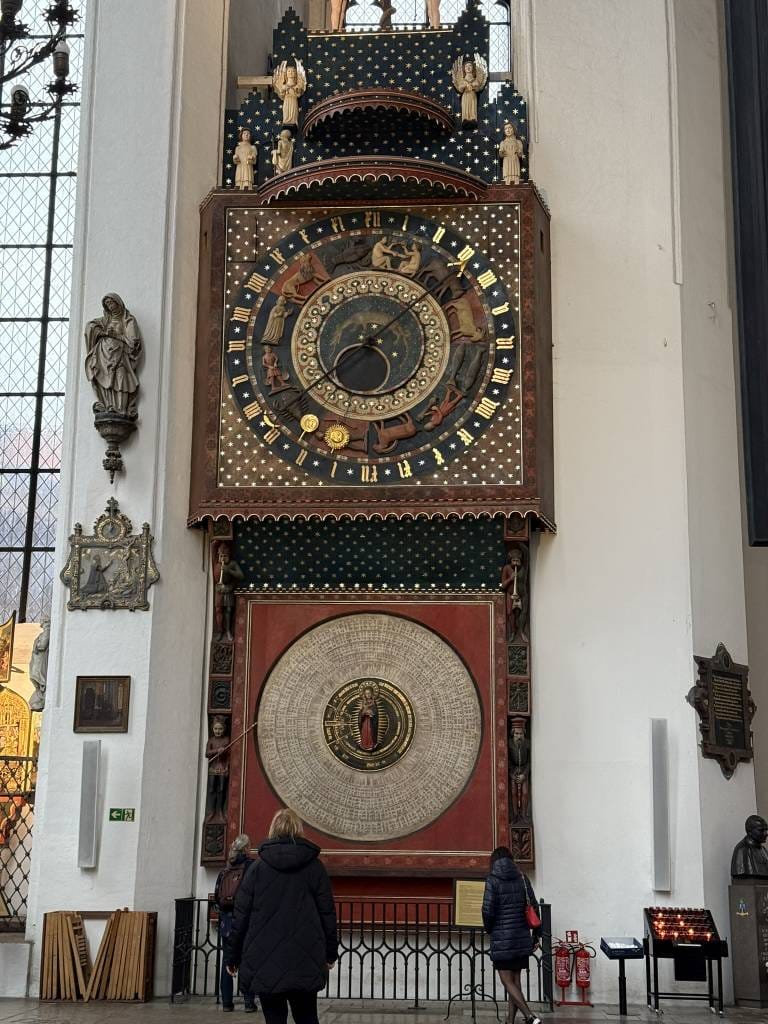

As an engineer by trade I was very much intrigued by the Gdańsk Astronomical Clock, located in St. Mary's Church, is a remarkable 15th-century timepiece crafted by clock maker Hans Düringer between 1464 and 1470.
Standing approximately 14 meters tall, this intricate wooden clock not only displays the time but also features a calendar of saints, the phases of the moon, and the positions of the sun and moon relative to the zodiac signs.
At noon, it presents a procession of figures, including the Apostles and Death, adding a dynamic element to its design. Despite suffering damage during World War II, the clock has been meticulously restored and remains a testament to medieval craftsmanship.
A walk on the beach
The next day, nature reminded us of her power as we hiked along a windswept beach. Battling intense wind and waves, we felt both humbled and inspired.


This wild, beautiful chaos echoed something we’d been realizing all along: the value of slowing down. We need to get slower, as fast as we can.
See you again somewhere, one slow step at a time.


